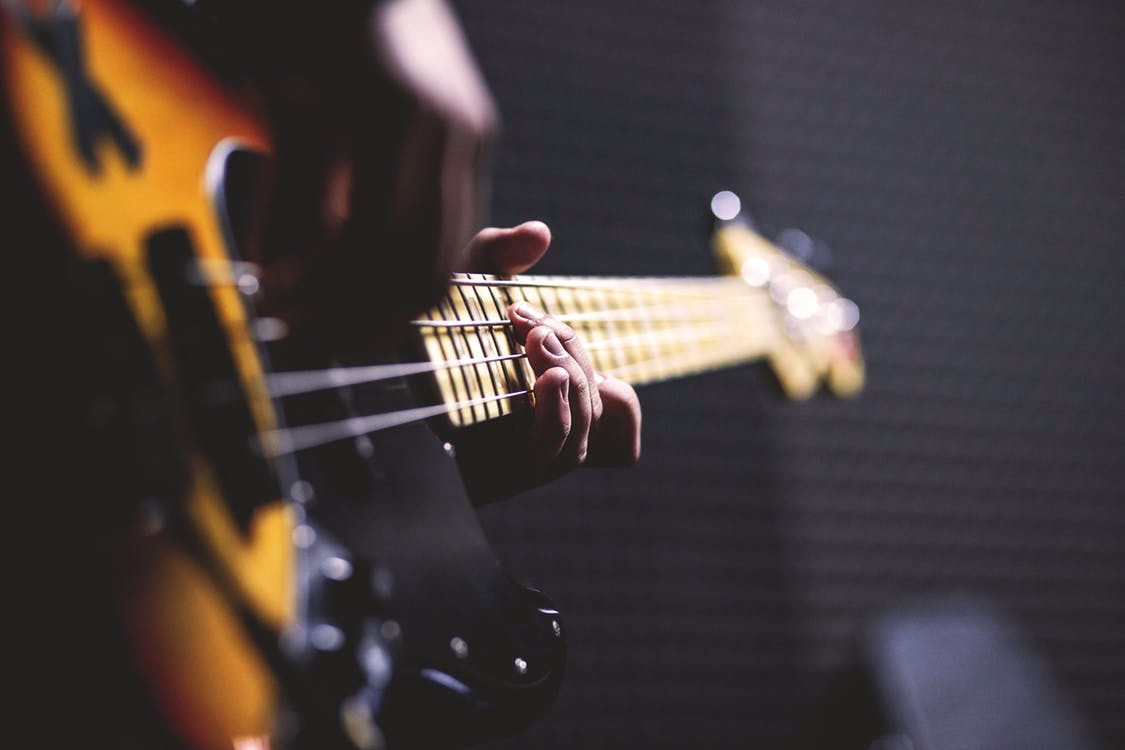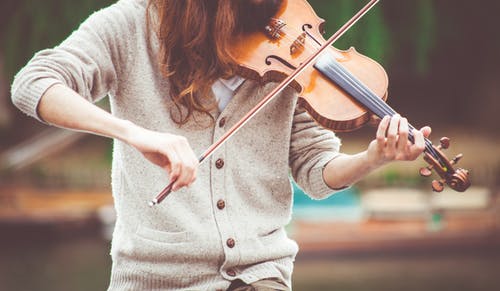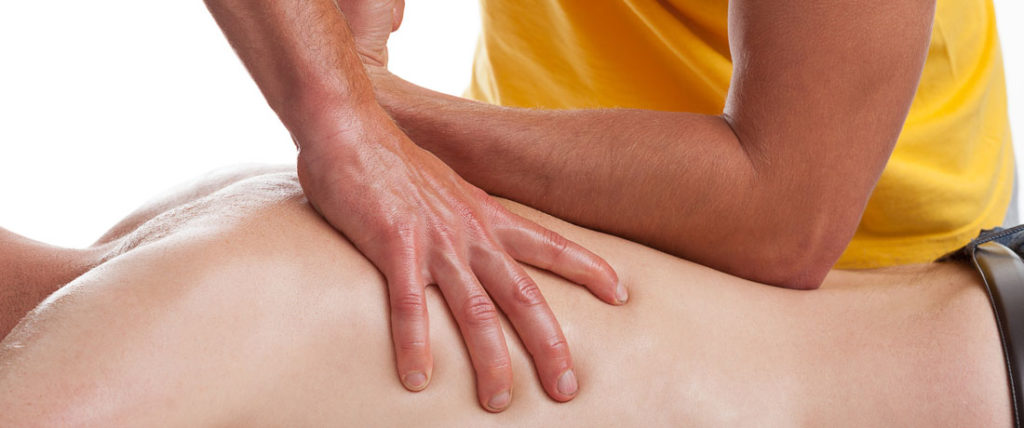nalco group
bone, muscle & joint pain physio
BOOK NOW / WHATSAPP ABOUT YOUR PAIN OR INJURY
- NOVENA 10 Sinaran Drive, Novena Medical Center #10-09, Singapore 307506
- TAMPINES 9 Tampines Grande #01-20 Singapore 528735
- SERANGOON 265 Serangoon Central Drive #04-269 Singapore 550265
Home > Blog > Physiotherapy & Hand Therapy > Conditions > Repetitive Strain Injuries > Musician Physiotherapy And Hand Therapy
Musician Physiotherapy: Repetitive Strain Injury And The Musician
When Physiotherapy and deep tissue release matters

Julian Partridge is a musician who approached me to share about our management of people who acquire repetitive strain injury or injuries, specifically musicians.
As he shared in his pursuit of music as a love and hobby, he acquired his fair share of aches and pains in the past 30 years of playing musical instruments, and upon reflections, he became "painfully aware" of the lack of guidance he received as a young musician.
He shared that he
never received education of posture, and it was by his own insight and
thinking that he started to make adjustments to the way he played.
Interestingly, not many beginning, veteran or professional musicians seem to NOT seek musician physiotherapy or hand therapy to decrease
their pain and improve their conditions.
He mentioned something that reminded me of a friend.
He said this:
"Unfortunately ALL musical instruments will put a strain on the body after a period of time. It's just that you don't notice the effects until months or years later."
Repetitive Strain Injury doesn't appear overnight.
Music-related repetitive strain injuries often develop after years and months after a repeated activity, and the thing is, it can be activities which are loved, such as hobbies, work, or family (yes, repeatedly lifting a newborn can cause it too, unfortunately, if not done right).
One of our friends, Tat Haur, who plays the violin, and he has been playing for years. We met him at church, and after getting to know him, he has periodically mentioned to me that he often has neck, shoulder, hands and finger cramps and aches.
He asked me to provide him pain relief, and I found that trigger point therapy and clinical massage therapy provided him a lot of muscular relief.
Upon palpation and touching of his affected muscles, I found that he has very taut and shortened muscles in his affected areas, namely the neck muscles, the upper back muscles, his left shoulder, his elbows, forearms and fingers of his left hand (as he's a violin player, he developed repetitive strain injury on his left side, where the violin sits on his left side of his chest, neck rotated to the left and clamps on the violin, left hand sustained in a slightly flexed shoulder, flexed elbow, flexed wrist and repeatedly flexed and extension fingers as he played the violin).
A perfect combination for massive repetitive strain
injury - classic musician physiotherapy case.
As I spoke with him more and more, he shared with me his training and preparation routine, which packed a whopping >20 hours per week in that position (not to mention the intensity + frequency + duration) as emotions go roller-coaster or as the instructor increases or decreases the pace.

Interesting thing is, the musicians whom I speak to will term repetitive strain injury as "the price to pay for love of music" and then not do anything more about it DURING the practice or tournament, so that leaves us to work on relieving and preventing AFTER the training and tournaments.
If
you're a musician, regardless of if you're a beginner or a veteran,
here's some tips and techniques to identify, manage and prevent the
development of repetitive strain injury in musicians, on top of seeking professional musician physiotherapy input.
- Know the symptoms: Short
bursts of severe cramping, excruciating pain in the arm, back,
shoulders, wrists, hands, or thumbs (typically diffuse – i.e. spread
over many areas); pain worsens with activity; and weakness, lack of
endurance.
- Ergonomics with an experienced musician physiotherapy specialist to test and find out the best body posture that provides you the most relief, least stress or pain, and the bare minimum frequency and/or duration of micro-breaks that you require (for the musician who puts music first, those who wants to take care of their bodies more, the best amount of rests lies in a 10 seconds break every 15 minutes). Or, find a modified version of the instrument that best suits your body size and shape.
- Take a micro-break: rest and stretch for 1-2 minutes every 15-60 minutes of practicing and playing musical instrument or dance or arts
- Pharmaceutics: such as NSAIDs (non-steroidal anti-inflammatory drugs) and painkillers to eliminate pain. *Note,
these eliminate pain but that doesn't mean that there's no injury being
dealt to the body EACH time you play, so it'd be best to keep this in
mind.
- Musician Physiotherapy and Splinting
to rest the body part with repetitive strain injury. Braces and
splinting are by far, the mostly used products for repetitive strain
injury (as many musicians I know prefer non-invasive, non-oral treatment
approaches).
Some of these braces and splints can be bought in your local pharmacies, but if you find that they don't fit, look for a hand therapist or occupational therapist who can custom make one for you in your town or country.
We're located in Singapore, so if you're in Singapore, we'll be happy to help. Splints provide the best resting position for two main functions - firstly, optimal positioning for optimal healing, and secondly, immobilization + protection from internal or external forces. - Exercise prescribed by our musician physiotherapy specialists can work wonders for our patients with repetitive strain injury. To
understand how this works, we must first see the patient as a whole
person, and not just an injured body part etc.
Then we can see that a patient may have weaker back, which causes a "slump" and the body then overcompensates the "slump" with a more tightened position, accelerating development of repetitive strain injury at a particular site.
Most of the time, by treating a weaker spot, a particular injury may lessen in pain occurrence and intensity as the body functions better as a whole.
Also, a healthier and fitter body has better overall body functions, and able to take much more physical demands as compared to one which is poorly conditioned. - Choosing The Right Music Teacher: from a clinical perspective, Julian is mindful to educate, teach and prevent the development or aggravation of repetitive strain injury in his students. Choose a teacher who shares a similar mindset.
- Going On Despite The Pain: on one hand, we respect pain that any patients experience, on the other hand, we cannot allow the pain to takeover a patient's life and determine their routine (of course, this needs to be determined by a medical professional or our senior physiotherapists and senior hand therapists managing the patient with repetitive strain injury) - patients are required to continue with their daily routine, just more paced out, and avoid activities that directly aggravate their injuries, to prevent a "pain-aversive mindset", which will result in long term complications later.
- Psychosocial factors which includes stress management, anger management issues, if any, as stress and anger can cause and contribute directly, to the development, aggravation and sustained repetitive strain injury.
- Psychological
approaches to managing RSI.
Honestly, any body parts will have the severe excruciating pain when/if it undergoes consistent, repeated and sustained exercise and activity, as when muscles elongate and contract, they create a by-product called lactic acid from the energy used in the movement.
A pooling of this lactic acid causes the cramps and contractions, and if it pools too much and not removed effectively, consistent pain and cramps will result.
Patients are informed of this, that they will have a rational perspective on the pathophysiology of their repetitive strain injury, so as to not allow stigmatization or demonization of their injuries and hand use. - Warm Up before playing or practicing.
- Musician Physiotherapy and/or Hand Therapy for treatment.
- Regular deep tissue release and sports massage to regularly release the shortened and tightened muscles will help to normalize muscle function, increase blood circulation and loosen trigger knots for increased performance.

